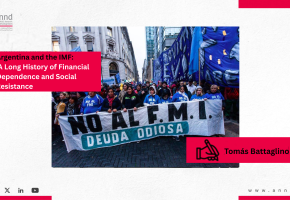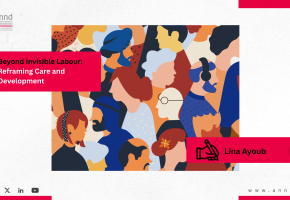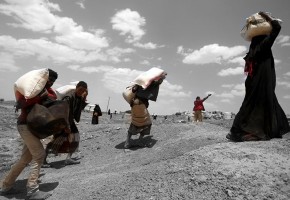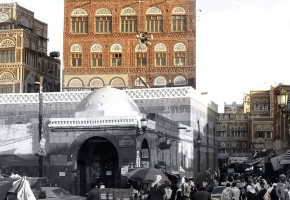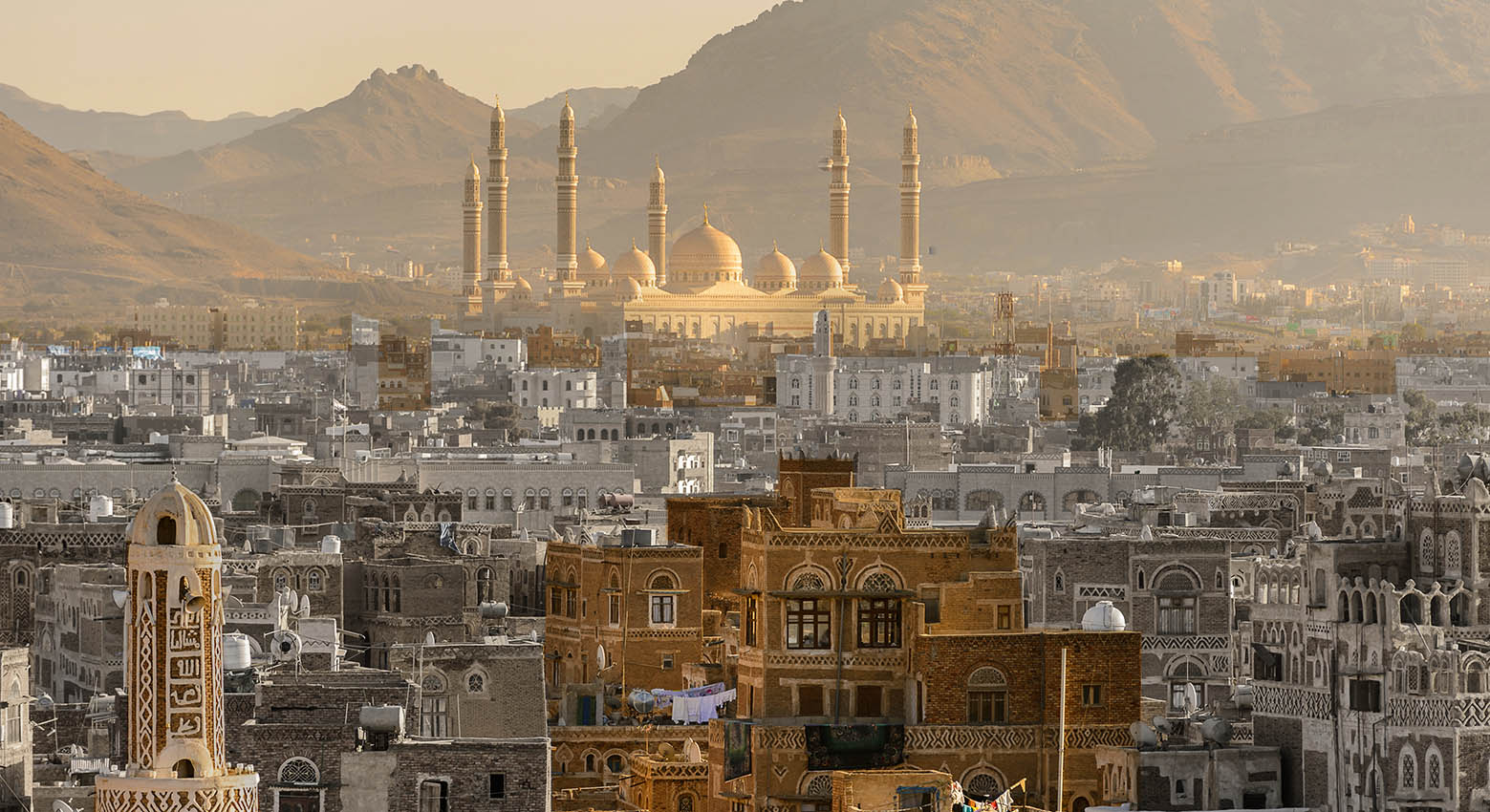
Yemen: The Repercussions of “No War and No Peace” on Socioeconomic Conditions
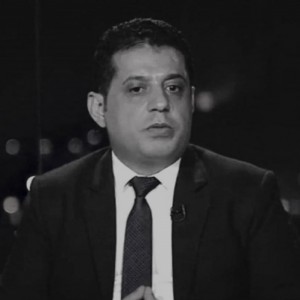
Yemen: The Repercussions of “No War and No Peace” on Socioeconomic Conditions - Walid Al Abara
After nine years of a bloody war, an unprecedented and multifaceted crisis has gripped Yemen with no end in sight. On the one hand, the military conflict between the government and the armed Houthi group remains unresolved. But, on the other hand, the economic and social crisis has cast a shadow on all aspects of life. Their combined impact is pushing the country into further deterioration.
No War, No Peace
The most recent open military confrontations between the government and the Houthis occurred on January 1 and 2, 2022, named Southern Storm and Freedom of Happy Yemen by the government and Arab Coalition. The two military operations came as a response to the intense Houthi attack on the oil and gas-rich governorates of Marib and Shabwa, which lasted for nearly a year. As a result, the Houthis made several advancements in the field. For example, they took control of the Nehm district of Sana’a governorate, the al-Hazm district, the capital of al-Jawf governorate, and several directorates of the governorates of Marib and Shabwa in the east of the country. On the other hand, the government’s counter-military operation, with extensive support from the countries of the Saudi-led Arab Coalition, succeeded in restoring the districts of Bayhan, Asilan, and al-Ain in Shabwa Governorate and the district of Hareeb in Marib.
The confrontations led to the most dangerous type of escalation. The Houthis intensified their attacks with ballistic missiles and booby-trapped drones on the cities of Marib and Shabwa and towards the Saudi depth. On January 17, 2022, they launched a ballistic missile and drone attack on the UAE. They targeted some facilities at Abu Dhabi Airport and Mussafah Industrial Area, causing a fire and killing three people.[1]
The Houthi escalation towards the UAE was met with widespread international condemnation. They coincided with intense international efforts through the international envoy to Yemen, Hans Grodenberg, and the US special envoy to Yemen, Timothy Lenderking, to contain the escalation and put pressure to achieve a ceasefire. These efforts culminated in signing a two-month, extendable truce between the two sides on January 2, 2022, which was extended for an additional two months. The agreement included allowing oil derivative ships to enter the ports of Hodeidah, operating commercial flights to and from Sanaa airport, and agreeing to open roads in Taiz and other governorates.
On October 3, 2022, the Houthis rejected a UN proposal to extend the truce[2] and expand it to include paying the salaries suspended since 2016, a commitment to release detainees, resuming an inclusive political process, and broader economic issues, including public services. Since then, armed clashes have reappeared occasionally on several fronts, particularly in the governorates of Marib, Taiz, Al-Dhalea, and the western coastal areas overlooking the Red Sea. The Houthis also targeted the ports of Al-Dhaba, Al-Nashima, and Qena in the southeastern provinces of Hadramout and Shabwa. The attacks led to the suspension of oil exports. In light of the failure of regional and international efforts to maintain the ceasefire agreement between the government and the Houthis, the economic and social conditions that witnessed relative improvement during the armistice have relapsed again.
Significant social and economic losses
Socially, war constitutes an ideal environment for the rise of the two classes of warlords and black market traders. On the other hand, military confrontations lead to more casualties and the continuation of displacement. Although there are no accurate statistics on civilian casualties during the war, the UNDP estimated the number at 377 thousand[3] by the end of 2021. Another 4.2 million have been displaced, which is still expected to increase.
Yemen’s state of no war and no peace plays a double role, especially on the economic level. While all the militias and armed forces accumulate financial gains related to the war economy, the economic conditions of citizens are getting worse. Moreover, parties to the conflict have failed to reach a common understanding regarding the unification of the currency and ending the division of the central bank and the tax and customs system. Consequently, the collapse continued, and human suffering -- described by the World Bank as the most severe globally -- increased.
According to the Ministry of Planning and International Cooperation, the Yemeni economy lost $90 billion during the war. Statistics indicate a GDP contraction of about 50% between 2012 and 2019.[4] UNDP estimated lost GDP opportunities at about $93 billion, which rose to $126 billion in 2020. The deterioration of the national currency has not stopped since the outbreak of the confrontations. Its value fell by 500% against foreign currencies. According to the 2014 household survey, poverty struck 48.5% of the population and rose to 78% in 2016.[5]
In January, the UN announced that the 2023 humanitarian response plan in Yemen needs $4.3 billion to reach 17.3 million people from the most vulnerable groups who need humanitarian support. It added that two-thirds of Yemen’s population needs help.
Militarization and plundering of resources in exchange for evading responsibility
Even before the war, Yemen’s economy was characterized by rentierism. It depended mainly on energy exports, which constitute 70-80% of the government budget, remittances from expatriates, donations, aid, and external loans.
When the Houthis took power in September 2014, oil and gas production, considered the economy’s backbone, stopped. As the external loans and grants became fewer, the Houthis and the government took economic measures that generally created a war economy.
Given the centralized nature of the Yemeni state, Houthi control over the capital, Sana’a, gave them the advantage of controlling most economic operations and assets. They included cash reserves, sovereign funds, and government shares in large companies jointly owned by the state and the private sector.
The Houthis rely on collecting local resources, the “war effort,” imposing more taxes and customs, and floating oil derivatives to finance the war. Consequently, a black market emerged. Other factors included the checkpoints scattered on the roads and at the entrances and exits of cities, confiscating private property and assets, communications and port revenues, and looting humanitarian aid.
Collected revenues from governorates under their control are estimated at $1.7 billion annually.[6] However, statistics on the volume of war revenues are non-existent. However, under this label, various levies and donations are collected from individuals, governmental and private institutions, and businesses to finance the fronts. They call it “national duty.” The Houthis have also established about seven customs centers at the borders of the governorates they control. They use them to collect customs from citizens and merchants. Economic reports estimate the average annual customs revenue transferred to the Houthi treasury at about 100 billion Yemenis Dinars or approximately $72 million.[7] Revenues likely doubled in 2021 after the Houthis raised tariffs by 100% on most goods. Accordingly, traders were forced to pay customs twice, once to the government and another to the Houthis, increasing commodity prices. The Houthis also impose different taxes on merchants and service sectors such as communications, health, and private educational institutions. Other compulsory taxes, such as the annual zakat and khums (one-fifth), are more specific.[8]
While there are no detailed figures on the volume of revenues, several problems appear, such as the aim and purpose of imposing taxes. In the natural context of countries, taxes are collected to pay salaries, support and finance development policies in the economic and social fields, and upgrade public services in health, education, and infrastructure. However, the Houthis are using taxes to finance their war activities, maintain group cohesion, and enrich their leaders. Therefore, they do not benefit citizens. The overburdening of citizens with taxes and levies explains the reasons for the flight of business owners and capital from the country. It is estimated that 41% of establishments from various sectors have been closed, 26% permanently, and some closed their branches in Houthi-controlled areas.[9]
In just two years, cash reserves decreased from $5.2 billion in 2014 to less than $700 million at the end of August 2016.[10] However, neither the Houthi central bank, which received the financial flows from those revenue streams, nor the Houthi Ministry of Finance has issued any economic report on financial conditions that can be inferred from spending. There is no general budget in the first place.
On the other hand, the government depends on customs, the sale of oil, and external donations to pay for infrastructure repair, essential medical services, and electricity. Resource-rich Marib has retained its financial independence from the government. Instead, it relies on selling gas to finance services. In both cases, corruption and mismanagement prevail. They envelop the financial system of the government and the local authority in Marib, mainly due to the disruption of oversight agencies and the weak judiciary.
Conclusion
Ending the state of conflict in Yemen depends on the willingness of the warring parties to make concessions that lead to stopping the war and reaching a timetable for an agreed-upon political transition, which the Houthis reject at present. Maintaining the status quo gives Houthi leaders the preference to control and spend resources following the requirements of the “war effort” and the khums law issued by the group in 2020 that gives those they call the family of the House (of the prophet) 20% of resources, including natural and extracted resources.
The same applies to the warlords in government areas. Eight years of war created a neo-patrimonial class that climbed the ladder of wealth and wanted to preserve the current reality to preserve its gains. Maintaining the existing state of disintegration shields them from accountability.
Walid Al Abara
Sources:
________________
[1] Ahmed Nagi, "Abu Dhabi’s Dilemma," Malcolm H. Kerr - Carnegie Middle East Center, 17/1/2022, https://carnegie-mec.org/diwan/86206
[2] "UN envoy 'regrets' the failure to reach an agreement to extend the ceasefire in Yemen," DW, 2/10/2021.
[3] "UN estimates that 377 thousand Yemenis were killed by the end of the year," France24, 23/11/2021.
[4] "Yemeni Minister of Planning: $90 billion in direct economic losses in 7 years of war," RT, 21/10/2021.
[5] Ibid.
[6] Muhammad Ahmed Al-Hamiri, "The War Economy in Yemen: The Economic Measures of the Ansar Allah Group “Houthis” after September “2014”," Arab Democratic Center, January 23, 2018.
[7] Ahmed Aliba, "The Armed Militia Economy in the Arab Region, Ansar Allah Al-Houthi Group as a Model," Al-Ahram Center for Political and Strategic Studies, June 2021.
[8] Ibid.
[9] Ibid.
[10] Ibid.
Recent publications
